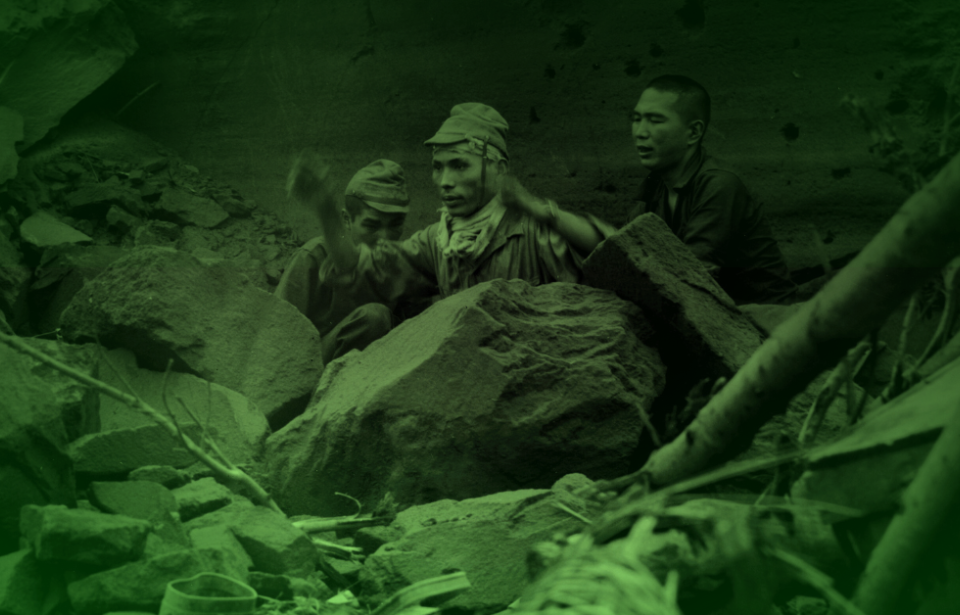The Second World War saw the involvement of many superpowers, and the prolonged fighting forced the majority to make much-needed advancements to their weaponry and equipment. Among the more notable was the night vision scope, which allowed the United States to turn the tide of the Battle of Okinawa.
Nighttime combat was a completely different beast
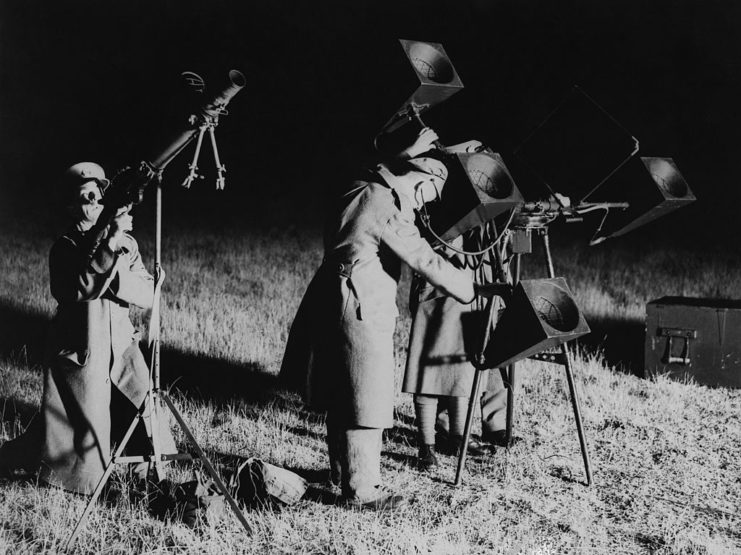
Throughout World War II, military forces knew they could garner a significant advantage if they attacked the enemy at night, given the lack of visibility. However, this was easier said than done, and some forces were better at it than others.
The Soviet Union, for example, had the “Night Witches.” Officially designated the 588th Night Bomber Regiment (later renamed the 46th Guards Night Bomber Aviation Regiment), they flew nighttime bombing missions against German targets, with around 261 women performing an estimated 23,672 combat sorties.
Another example was the Luftwaffe, which used the darkness of night to conduct offensives against the Allies. A number of their pilots became aces during this time, the most notable being Heinz-Wolfgang Schnaufer. As well, the most effective aircraft to fly during these missions proved to be the Heinkel He 219.
The Japanese excelled at night fighting
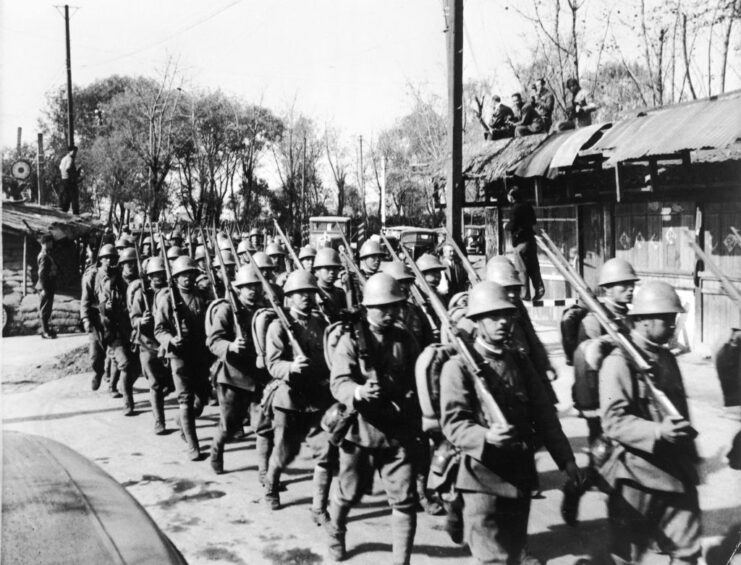
Out of all the military forces that fought in WWII, the Japanese were by far the most adept at night fighting. This was largely due to fears over conflict with the Soviet Union, which had a far superior force, in terms of numbers and available equipment. With a desire to ensure the odds were in their favor, the Imperial Japanese Army (IJA) began training troops on performing covert and nighttime attacks.
By the time they properly entered the fight in the Pacific Theater, the Japanese were so proficient that they were able to conduct effective strikes against the Allies, not only defeating them, but also striking fear into those they were fighting. The US military, in particular, wanted to figure out a way to fight back against the nighttime attacks as, while they lessened as losses began to mount, they still proved bothersome.
The way the American forces planned to do this was via technology. As the war drew on, officials stateside began to work on a new type of tool: the night vision scope.
Developing night vision scopes
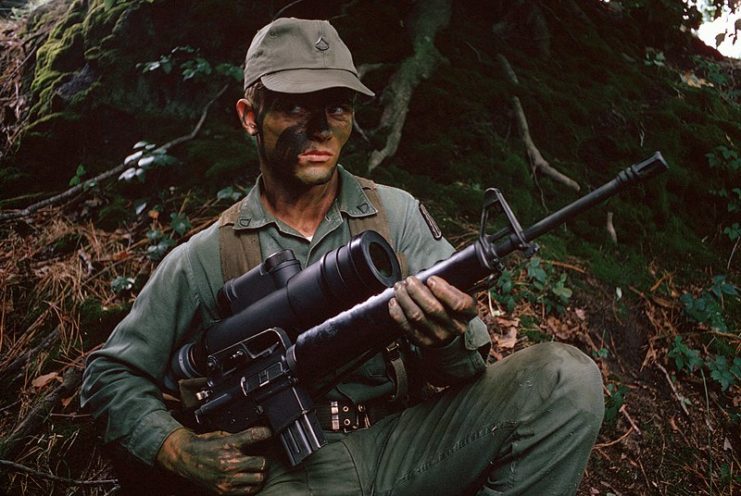
The Wehrmacht was the first to introduce night-vision technology during the Second World War, with the first devices being developed in 1939. By the middle of the conflict, the Germans had moved on to testing infrared devices, which were used by Panther tank crews on both the Western and Eastern fronts.
The StG 44 was also equipped with Zielgerät 1229 Vampir (ZG 1229), an infrared device that was primarily used by those who were stationed on the Eastern Front. Given how rudimentary the technology was at the time, the ZG 1229 wasn’t all that easy to maneuver on the battlefield, with it weighing 33 pounds between the device itself and its battery pack.
The Americans also hoped to use night vision technology to help troops. The initial devices were officially known as the M1 and M3, but the majority of soldiers referred to them as “snipercopes” and “Snooperscopes.” They attached to M1 carbines.
Night vision scopes and the Battle of Okinawa
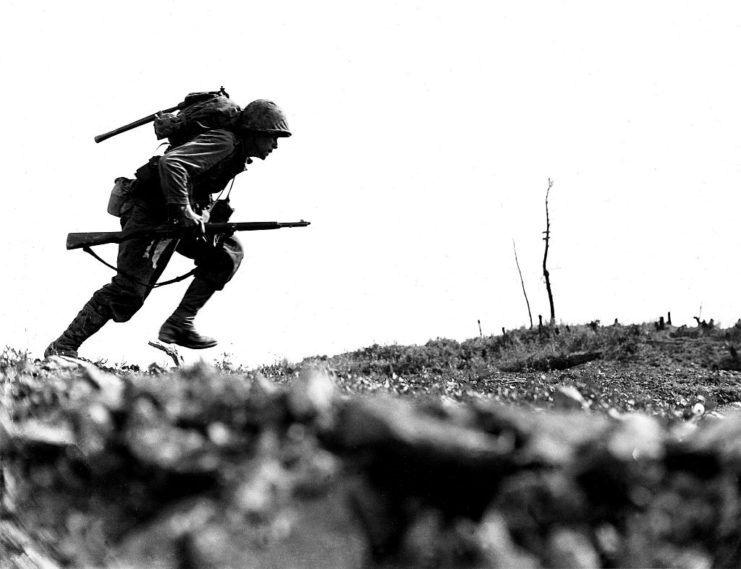
Occurring over the span of just under three months, the Battle of Okinawa saw the Japanese go head-to-head with the Americans, who were supported by the Canadians, New Zealand and the Australians. With the Allies close to winning the Second World War, the Imperial Japanese Army was becoming increasingly desperate, and nothing showed this more than the methods they used.
The battle saw an increased use of kamikaze attacks, with an estimated 1,200 aircraft used in seven major strikes between April 1 and May 25, 1945. On top of this, the IJA pressed nearly 1,800 school-aged children into service. Boys formed the Iron and Blood Imperial Corps, while girls were turned into nurses.
Against an opponent on Okinawa who had nothing to lose, the Americans needed an edge, and the night vision scope gave them just that. Approximately 200 were handed out to those fighting on the island, with 30 percent of Japanese casualties at the hands of small arms fire in the first week losing their lives to T3 Carbines equipped with the devices.
Night vision technology has advanced a lot
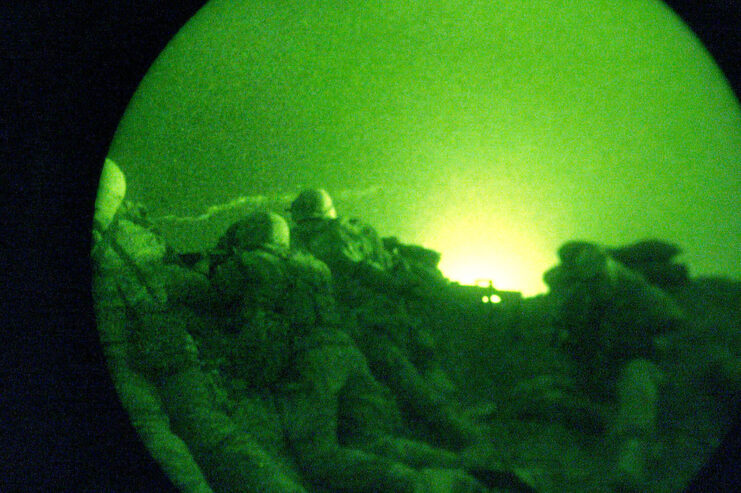
Following the Battle of Okinawa and the conclusion of the Second World War, the night vision scope was further developed and used, most notably in Korea and Vietnam. More advancements have followed, with noise-canceling effects, panoramic vision and the use of thermal imaging all becoming standard.
More from us: Benelli M4: The Superior Semi-Automatic Shotgun Built Specifically For Combat
Today, night vision technology is regularly employed by the US and other countries, most notably those under NATO. It’ll be interesting to see just where these devices go – and how clear an image they’ll one day be able to produce.
